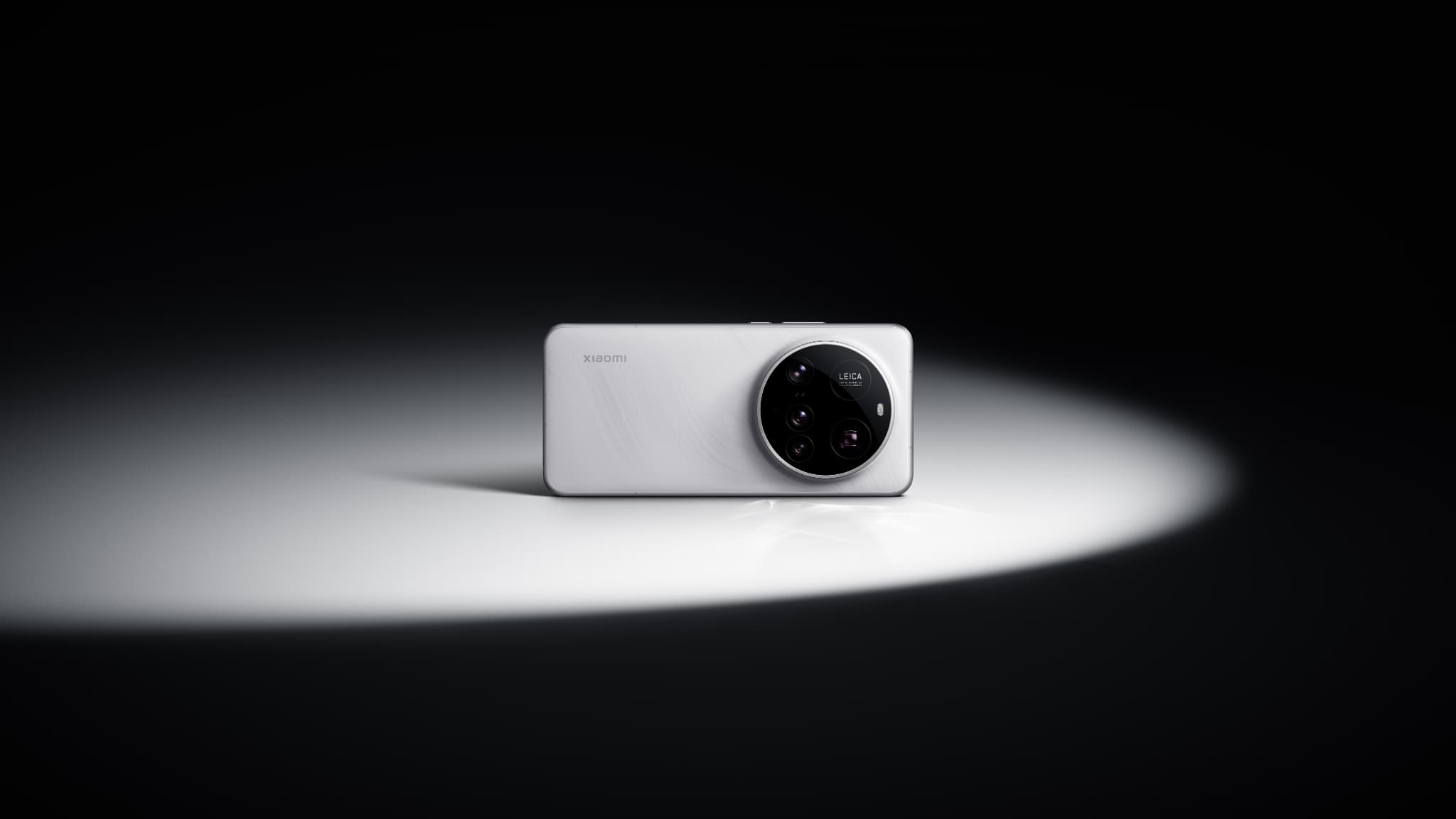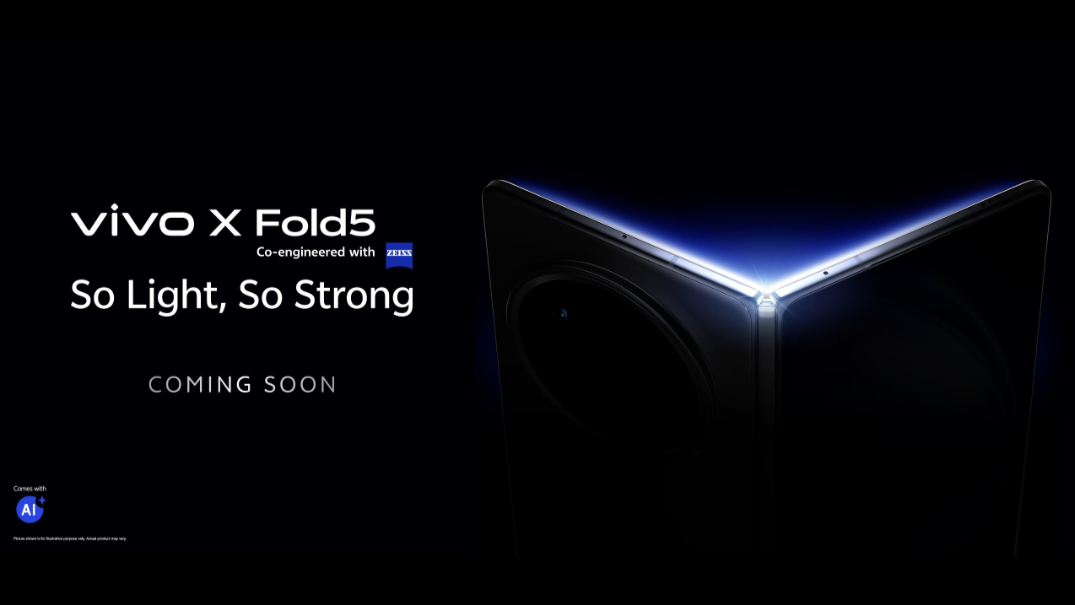Xiaomi is about to make a significant leap forward in the world of technology. In a recent announcement, Lei Jun, the CEO of Xiaomi, shared his excitement about the upcoming launch of HyperOS, a groundbreaking operating system that has been in development for seven years. HyperOS is set to revolutionize the tech industry by integrating more than 200 product categories and enabling connectivity with a staggering 820 million devices.
A Journey of Innovation
Xiaomi’s journey towards the development of HyperOS has been marked by several key milestones. This milestone not only signifies Xiaomi’s unwavering commitment to excellence but also reflects the company’s dedication to advancing its expertise in intelligent technology. Let’s take a closer look at the journey that led to the creation of HyperOS and what we can expect from it.
2010: Birth of MIUI
A decade ago, Xiaomi embarked on its software journey with the birth of MIUI. This momentous event laid the foundation for Xiaomi’s software prowess, rapidly propelling it to the forefront of the smartphone industry. MIUI was more than just an Android skin; it was a design and functionality marvel that captured the imagination of millions of users worldwide.
2014: Unified IoT Device Connection Protocol
In 2014, Xiaomi took a monumental step into the ever-expanding realm of the Internet of Things (IoT). By introducing a unified device connection protocol and releasing common IoT modules, Xiaomi simplified the complex web of IoT devices. This innovation not only made IoT more accessible but also heralded a future where all smart devices could seamlessly communicate with each other.
2016: Cross-Platform Quick App Framework
Continuing its legacy of innovation, Xiaomi unveiled a groundbreaking cross-platform quick app framework in 2016. This framework revolutionized the user experience by enabling swift and efficient interactions across a variety of devices. It was a testament to Xiaomi’s commitment to delivering convenience and practicality to its users.
2017: Introduction of Xiaomi Vela
The year 2017 saw the introduction of Xiaomi Vela, a landmark development that unified Xiaomi’s IoT device ecosystem. Xiaomi Vela not only streamlined the connectivity of smart devices but also bolstered the overall ecosystem. This unification simplified users’ lives by creating a cohesive environment for their smart devices.
2019: Pre-Development of Xiaomi Mina OS
In 2019, Xiaomi took significant steps towards enhancing the security and privacy of its software ecosystem. The pre-development of Xiaomi Mina OS, along with the initiation of a proprietary microkernel security system, showcased Xiaomi’s unwavering commitment to safeguarding user data and privacy. These efforts emphasized the critical role of security in modern technology.
2020: Integration of Cross-Platform Interconnectivity Protocols
As technology advanced, Xiaomi ensured that its ecosystem remained interconnected and user-friendly. In 2020, Xiaomi made strides in integrating cross-platform interconnectivity protocols. This initiative laid the groundwork for a more seamless and integrated digital experience across devices.
2021: Unified Technology Architecture Design
The pursuit of technological excellence continued in 2021, with Xiaomi’s development of a unified technology architecture. This design overhaul signified Xiaomi’s ambition to create a cohesive and harmonious ecosystem, fostering better communication among devices and bolstering overall performance. Furthermore, Xiaomi began working on an operating system for its electric vehicles (EVs), signaling its intention to extend its tech expertise into new horizons.
2022: Unified Software Architecture and System Development Lines Integration
The year 2022 marked a significant milestone in Xiaomi’s journey towards HyperOS. The integration of system development lines and the unification of software architecture underscored the company’s commitment to creating a holistic and interconnected ecosystem, promising a more seamless and comprehensive experience for users.
The Future: HyperOS
HyperOS is set to be officially introduced on October 26, and it promises to be a game-changer in the tech industry. With its capability to seamlessly integrate over 200 product categories and connect to an astonishing 820 million devices, it’s clear that Xiaomi aims to redefine the user experience and connectivity possibilities. This ambitious project reflects Xiaomi’s dedication to intelligent technology and its desire to provide users with an ecosystem of seamlessly connected devices.
Conclusion
Xiaomi’s journey from the birth of MIUI to the upcoming launch of HyperOS is a testament to its commitment to innovation and excellence in the world of technology. The introduction of HyperOS is bound to have a profound impact on the tech landscape, bringing a new level of integration and connectivity to Xiaomi users and enthusiasts. As HyperOS makes its debut, the tech world eagerly anticipates the dawn of a new era in intelligent technology.
Source: LeiJun on X






